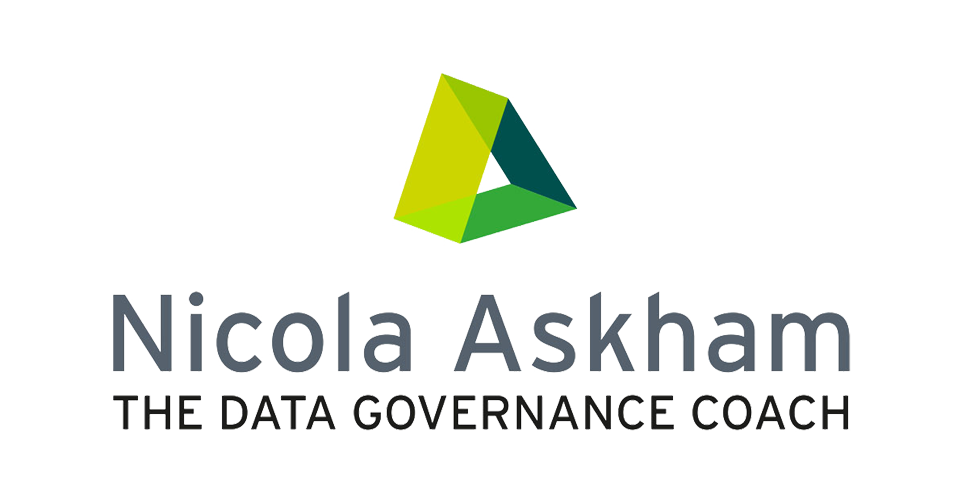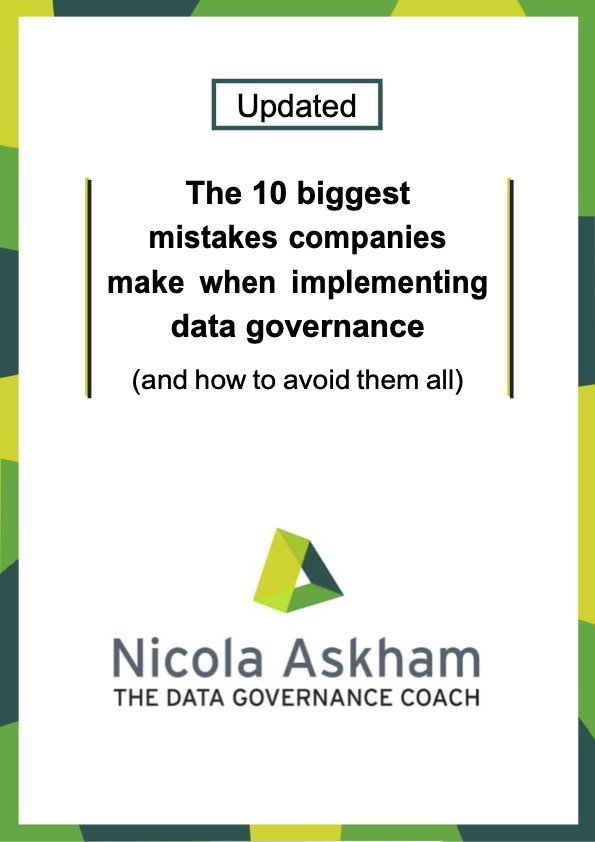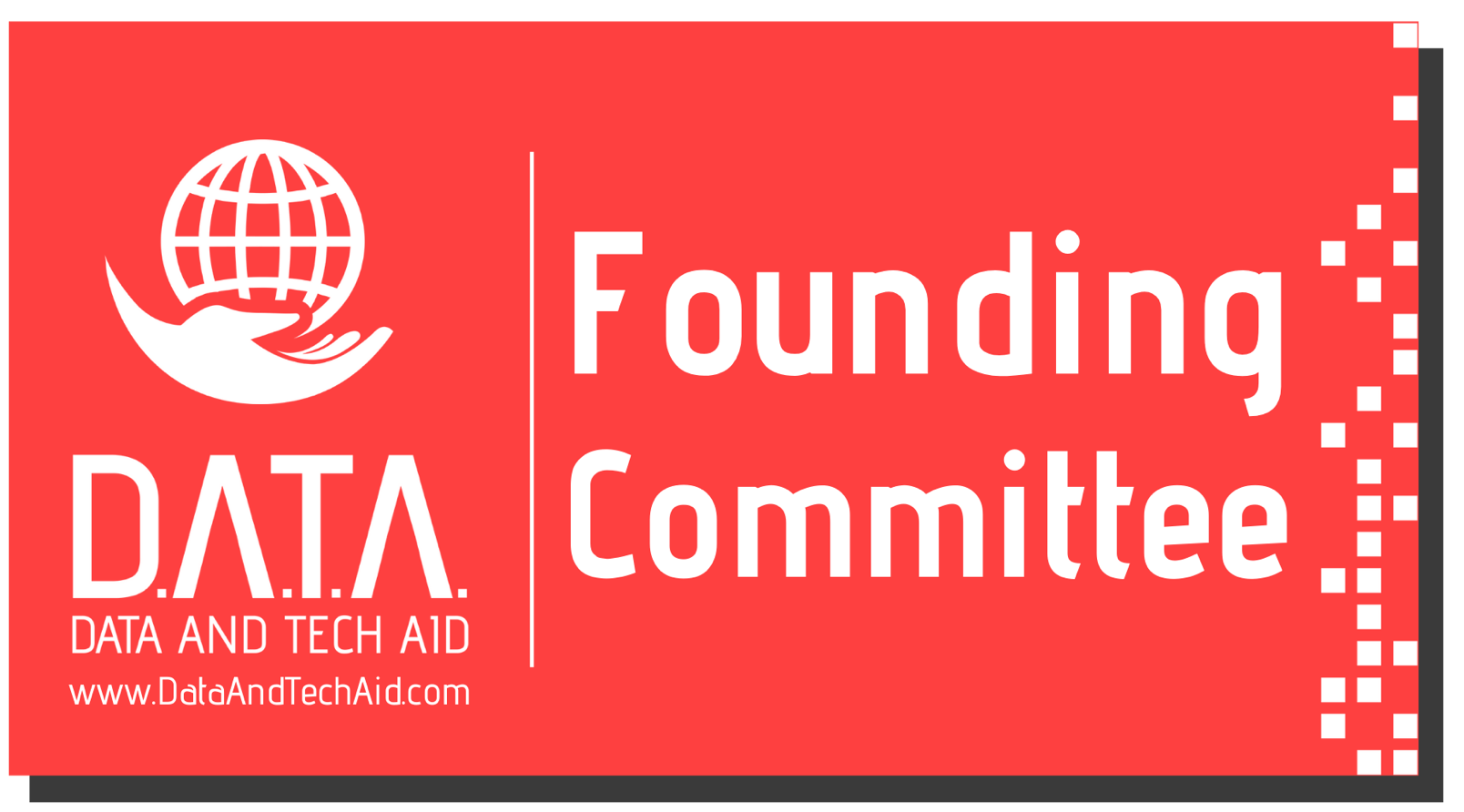The Difference Between a Data Governance Policy and an Operating Model
/When it comes to implementing Data Governance, a common question I get is…What’s the difference between a Data Governance policy and an operating model? It’s a great question because understanding the distinction between the two can make or break your Data Governance initiative. So, let’s take a closer look.
What is a Data Governance Policy?
A Data Governance Policy is the “what” of your Data Governance approach. It’s a high-level document that outlines:
- The principles your organisation will follow regarding Data Governance.
- The responsibilities of key roles (without going into too much detail).
- The objectives and expected outcomes of your Data Governance programme.
Think of the policy as a guidebook, a clear and concise document that describes what you are going to do. It sets the tone and direction for your organisation’s Data Governance efforts.
What is an Operating Model?
So, if we consider the policy as the “what”, then the Operating Model is the “how” of Data Governance. It includes:
- Detailed processes and workflows for managing data.
- Role descriptions and specific responsibilities.
- Practical guidance on how Data Governance activities are executed.
The Operating Model gets into the nitty-gritty of how your organisation will implement the principles outlined in the policy. It’s where the rubber meets the road.
Why Keep Them Separate?
When I started working in Data Governance, I tried putting everything (both the “what” and the “how”) into one policy document. But here’s what I learned:
1. Policies that are too long won’t be read - if your policy is overly detailed, it becomes a daunting document that nobody has the time (or inclination) to read.
2. Approval processes can stall progress - policies usually require a lot of oversight and approvals, which can take weeks or even months. If your policy is jam-packed with details, every little update will need to go through the same exhaustive approval process.
3. Flexibility is critical - Data Governance is iterative. As your initiative evolves, processes and responsibilities might change. If all those details are locked into your policy, making updates becomes a bureaucratic nightmare.
By separating the high-level policy from the detailed Operating Model, you make it easier to get the policy approved and keep your program flexible and adaptable. While we are on the topic of operating models, some organisations love to use this term, but others can find it confusing or resist it entirely. If that’s the case, that’s fine. Instead of an Operating Model, you can use a different term, like “framework” or break the details into smaller, individual documents (e.g., process guides or role descriptions). The key is to make it easy for your organisation to accept and use these resources.
A Final Word
Splitting your Data Governance Policy and Operating Model is not only about simplifying documents but also creating a governance framework that’s practical, flexible, and easy to implement and evolve as needed.. Remember, the policy sets the vision, while the operating model provides the tools to bring that vision to life.
If this has helped you, leave a comment below and let me know your thoughts! Alternatively, if you have further questions, you can book a call with me using the button below.
Prefer this content in video form? Click here to watch the video








